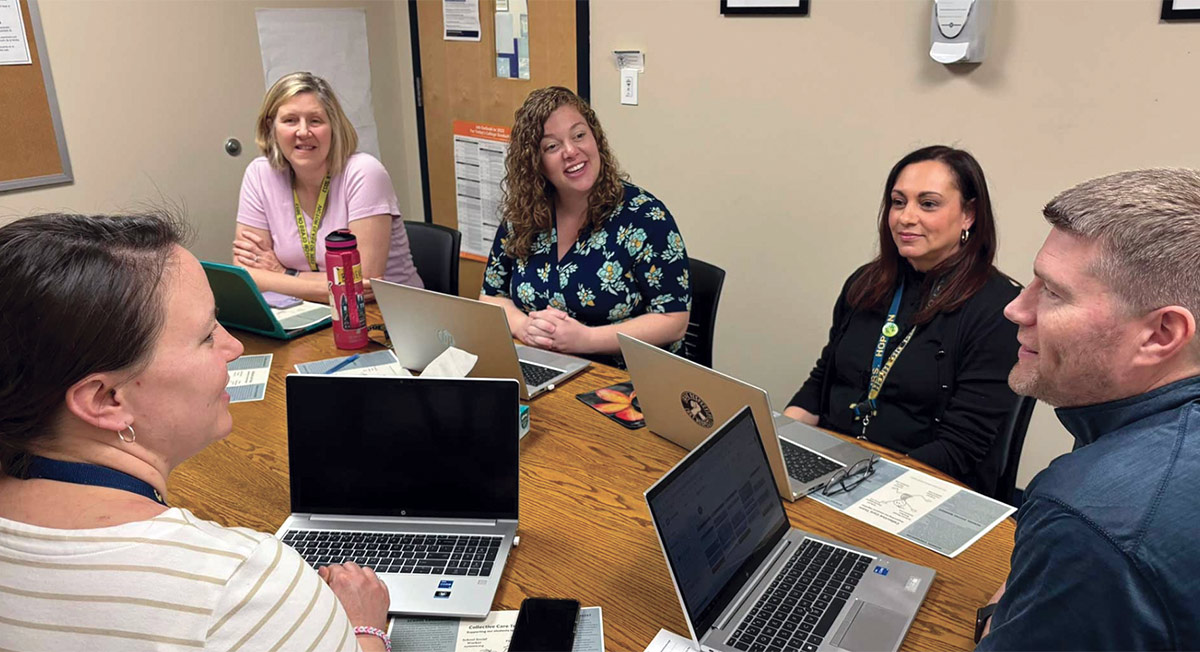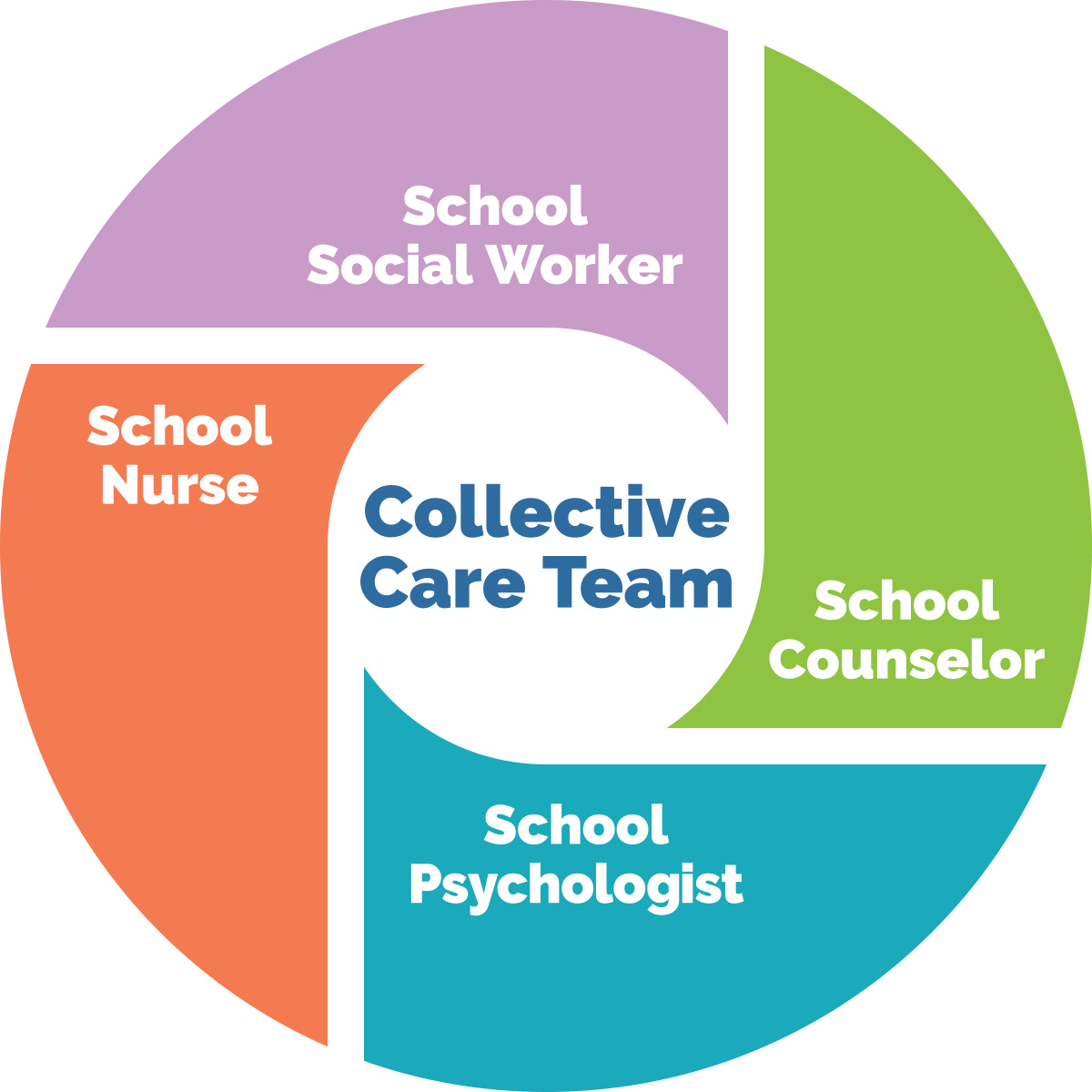Collective care team model shifts approach to student mental health
t Victor Senior High School, student mental health demands an all-hands-on-deck approach. In 2019, the growing district just 20 minutes south of Rochester adopted the collective care team model for student wellness, and educators say the new model has fundamentally shifted the way the district supports students.

The pupil services staff includes 12 members, divided into six collective care teams that direct and manage the daily care of students. Each team consists of an administrator, school counselor, school psychologist, school social worker, school nurse and substance use prevention counselor; students are assigned to collective care teams alphabetically.
Each care team comes together every other week to discuss the students they are working with and how they can best be served. During these meetings, or “minis” as they’re called, the team members share their findings, identify appropriate resources, collectively hammer out an action plan, and then check up on student progress, Banaszak said.
“During these meetings, we get a more complete picture of the student,” said Benjamin Raymo, school counselor. “The more information you have, the better you can support the student, and the better the outcomes.”
Raymo is assigned to students whose last names begin with G–La, and his team includes psychologist Tara Hopson, social worker Kiah Bowerman, substance use prevention counselor Lindsay Snyder, and nurse Kimberly Spitzer. All are members of the Victor TA.
This team-based approach can be useful for assisting students with a whole range of issues. They can also be essential when it comes to managing complex problems, said Raymo. During a recent meeting, the team discussed the re-entry of two students, one who was coming back after a disciplinary action and another who had been recently diagnosed with an eating disorder.
“We talked about changes that might need to be made to their schedule,” recalled Bowerman. “We looked at whether the family needed resources to manage behaviors or situations at home and school — that would be more the social worker role. We discussed whether the nurse needs to be updated with any medication changes and then, if it’s a student with special education needs, Tara is great about making sure we set up a meeting to update the IEP or 504,” she said. The team also coaches the students on how to field questions about their absence. “We all play a role in these re-entries,” Bowerman explained.
Teaming up on student care also breaks down the silos that can keep information from getting where it needs to go. “The strength of this approach lies in the expectation that everyone will participate, and that information doesn’t just sit with one person,” said Snyder.
The collective care approach can also help identify issues that may present in one way but have a different root cause.
“In the nurse’s office, we’ll see kids that we think are having physical concerns, but oftentimes, they’re mixed with mental health concerns,” said Spitzer. Depression and anxiety are on the rise among teens, and Spitzer is sensitive to the fact that repeat trips to her office can signal other issues.

Missing classes and slipping grades could also indicate a student has a disability and requires specialized instruction or other interventions, said Hopson. Fourteen percent of Victor High students receive special education services. Identification of students in need of more support is a multi-stage process, and Hopson works with the student and family at every stage, helping them successfully navigate what can otherwise be a daunting ordeal. “We really try to keep everyone on the same page, especially parents because we want to make sure that they understand the process and potential outcomes,” Hopson said.
The collective care team is also brought together to respond to crises, including threat assessments and critical incidents. Taking a proactive, multidisciplinary approach to traumatic incidents improves school safety and decreases the risk of secondary impacts.
At the end of the day, the collective care model isn’t just good for students, it’s good for educators, too.
“You are not alone. It’s not all on your shoulders,” said Banaszak. “You’re part of a team, and the support of our building- and district-level administrators is key to its success!”